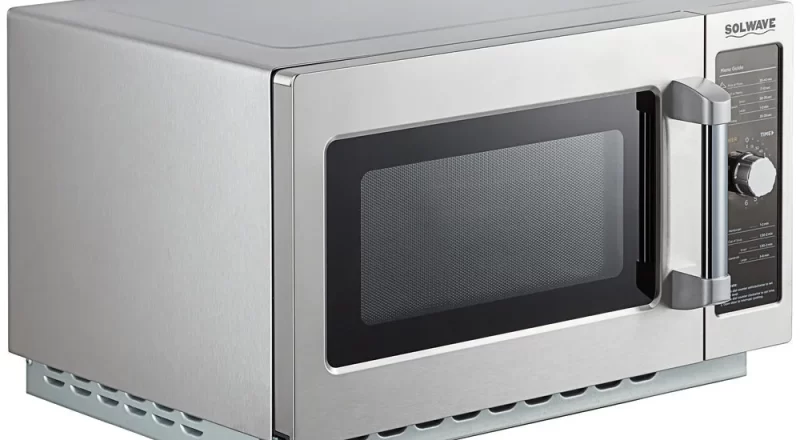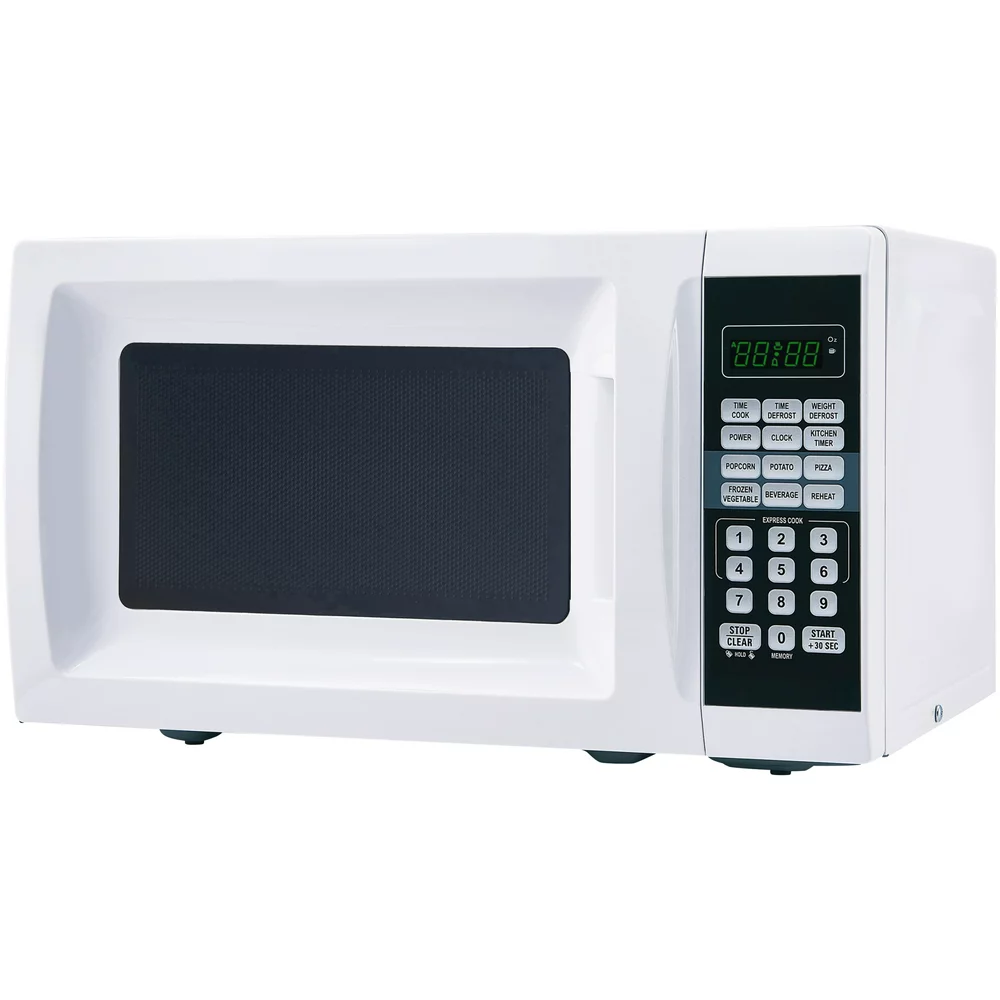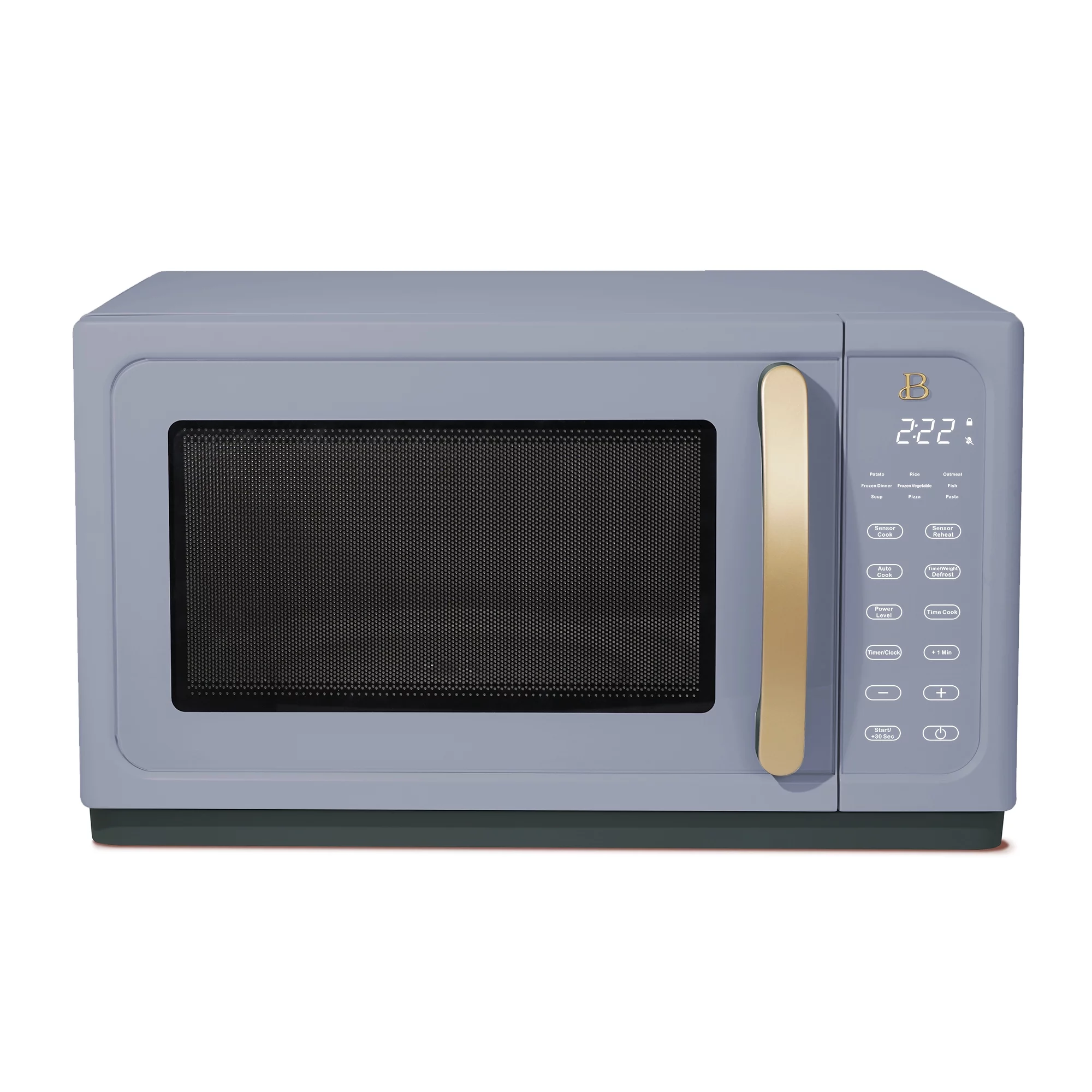The microwave oven has become an indispensable appliance in modern kitchens around the world. From quickly reheating leftovers to cooking entire meals, it offers convenience that few other kitchen gadgets can match. But have you ever wondered about its origins? Who invented the microwave oven? The story behind this revolutionary kitchen appliance is a fascinating journey of accidental discoveries, technological advancements, and changing culinary habits. This article delves into the life of the inventor, the scientific principles involved, and the profound impact the microwave oven has had on cooking and everyday life.
The Accidental Discovery
The microwave oven’s invention can be credited to Percy Spencer, an engineer working for the Raytheon Corporation. However, like many groundbreaking inventions, it was discovered quite by accident.
In the 1940s, Percy Spencer was developing radar technology using magnetrons. While working on a radar-related research project, he noticed something peculiar. Spencer had a chocolate bar in his pocket, which unexpectedly melted while he was standing near an active radar set. Intrigued by this phenomenon, Spencer realized that the radar waves had caused the chocolate bar to melt.
Realizing the potential of this accidental discovery, Spencer conducted further experiments. He placed popcorn kernels near the magnetron, and they quickly popped. Next, he tried cooking an egg, which resulted in it exploding due to rapid heating. These experiments confirmed that microwaves emitted by the magnetron could heat food quickly and efficiently.
This accidental discovery laid the foundation for the development of the microwave oven. Percy Spencer and his team at Raytheon began refining this technology, leading to the creation of the first microwave oven.
Early Development and Challenges
Developing the microwave oven was not without its challenges. The initial prototypes were far from the sleek, compact appliances we see today.
The first commercial microwave oven, called the “Radarange,” was introduced in 1947 by Raytheon. This early model was quite large, standing almost six feet tall, and weighed around 750 pounds. It required significant amounts of power to operate and used water-cooling systems to prevent overheating. Due to its size and cost, the Radarange was primarily used in commercial settings, such as restaurants and large institutions.
Several technical challenges had to be overcome to make the microwave oven suitable for domestic use. These included reducing the size of the magnetron, improving the efficiency of the microwave generation, and ensuring safety measures to prevent accidental exposure to microwave radiation.
Another significant barrier was public perception and acceptance. People were initially wary of using microwaves for cooking, concerned about potential health risks and the safety of the appliance. This skepticism slowed the adoption of microwave ovens for home use.
Gradually, improvements in technology and design addressed these challenges. The size and weight of microwave ovens were significantly reduced, making them more accessible to the general public. Safety features, such as interlock switches and shielding, were introduced to ensure safe operation.
Commercialization and Adoption
The commercialization of the microwave oven was a turning point in its history, transforming it from a novelty item to a mainstream kitchen appliance.
Raytheon licensed the technology to other companies, leading to increased competition and innovation. In 1967, Amana, a subsidiary of Raytheon, introduced the first countertop microwave oven designed for home use. This model, known as the “Amana Radarange,” was more compact, affordable, and user-friendly, which contributed to its popularity among consumers.
As more companies entered the market, microwave ovens became more affordable and widely available. The convenience offered by microwave cooking, especially in reheating food and defrosting frozen items, resonated with busy families and individuals seeking quick and easy meal solutions.
Advertising campaigns and demonstrations played a crucial role in changing public perception and increasing adoption. Companies highlighted the speed, efficiency, and versatility of microwave ovens, positioning them as essential tools for modern kitchens. Recipes and cookbooks specifically designed for microwave cooking further encouraged their use.
The 1970s and 1980s saw exponential growth in microwave oven sales. As more households embraced the convenience of microwave cooking, manufacturers continued to innovate, introducing features such as digital controls, turntables, and pre-programmed cooking settings.
By the late 1980s, microwave ovens had become ubiquitous in households across the United States and many other parts of the world. Their convenience and efficiency revolutionized the way people cooked and reheated food, marking a significant shift in culinary habits.
Scientific Principles and Operation
Understanding the scientific principles behind the microwave oven enhances appreciation for this remarkable invention.
Microwave ovens operate based on the principles of electromagnetic radiation. They use microwaves, which are a type of electromagnetic wave with wavelengths ranging from one millimeter to one meter, to heat food. The most common frequency used in microwave ovens is 2.45 gigahertz.
The central component of a microwave oven is the magnetron, which generates microwaves. When the oven is turned on, the magnetron produces microwaves that are directed into the cooking chamber. These microwaves are reflected off the metal walls and absorbed by water molecules in the food.
Water molecules have an electrical polarity, meaning they have a positive and a negative end. When exposed to microwaves, the water molecules oscillate rapidly, generating heat through friction. This heat is then transferred to the surrounding food, effectively cooking or reheating it.
Microwave ovens use a magnetron to generate microwaves and a waveguide to direct them into the cooking chamber. The turntable, now a standard feature in most microwave ovens, ensures even distribution of microwaves, preventing hot spots and ensuring uniform cooking.
Safety features, such as interlock switches that prevent the microwave from operating when the door is open, and shielding to contain the microwaves within the cooking chamber, ensure safe operation of the appliance.
Carrying out proper use because microwave ovens have transformed food preparation and can also offer significant health advantages. When compared to classic cooking techniques that may need excessive oil or fat for frying and baking, microwave cooking often requires very little or no oil. This can assist in the reduction of calorie intake and the promotion of a healthy diet.
The Impact on Modern Cooking
The introduction of the microwave oven revolutionized modern cooking in numerous ways, making it an indispensable tool in kitchens worldwide.
Speed and Convenience:
One of the most significant impacts of the oven is the speed at which it can cook and reheat food. Traditional cooking methods often require considerable time and effort, especially for busy individuals and families. The oven allows for quick preparation of meals, reheating leftovers, and defrosting frozen items, significantly reducing the time spent in the kitchen.
Versatility: Microwave ovens are incredibly versatile. They can be used for a wide range of cooking tasks, from reheating and defrosting to cooking entire meals. Modern microwaves come with various pre-programmed settings for different types of food, making it easy to prepare dishes with the touch of a button.
 Energy Efficiency:
Energy Efficiency:
Microwave cooking is generally more energy-efficient than conventional ovens and stovetops. Microwaves directly heat the food, reducing energy waste and cooking times. This efficiency not only saves time but also reduces energy consumption and utility bills.
Health Benefits:
Microwave cooking can offer health benefits as well. When compared to traditional cooking methods that may require excessive use of oil or fat for frying and baking, cooking often requires minimal or no oil. This can help reduce calorie intake and promote healthier eating habits. Additionally, the speed of cooking preserves more nutrients in the food as it reduces the time it is exposed to heat.
Changing Culinary Habits:
The microwave oven has also changed culinary habits and food consumption patterns. Ready-to-eat meals and microwaveable food products have become more popular, catering to the demand for quick and convenient dining options. This shift has influenced the food industry, leading to the development of a wide range of microwaveable products.
Beyond the Kitchen:
The impact of the microwave oven extends beyond the kitchen. It has found applications in various industries, including food processing, healthcare, and scientific research. Microwave heating is used in sterilization, drying processes, and even in scientific experiments requiring precise temperature control.
The oven’s profound impact on modern cooking and lifestyle cannot be overstated. It has transformed the way we prepare and consume food, offering convenience, efficiency, and versatility.
Conclusion
So, who invented the microwave oven? The credit goes to Percy Spencer, whose accidental discovery during radar research led to the development of this revolutionary kitchen appliance. From its early development and commercialization to its impact on modern cooking and continuous innovations, the microwave oven’s journey is a testament to human ingenuity and technological progress. Today, microwave ovens are indispensable tools that offer speed, convenience, versatility, and health benefits, transforming the way we cook and consume food. As technology continues to evolve, the future of microwave ovens holds exciting possibilities, promising even greater efficiency, convenience, and innovation.



